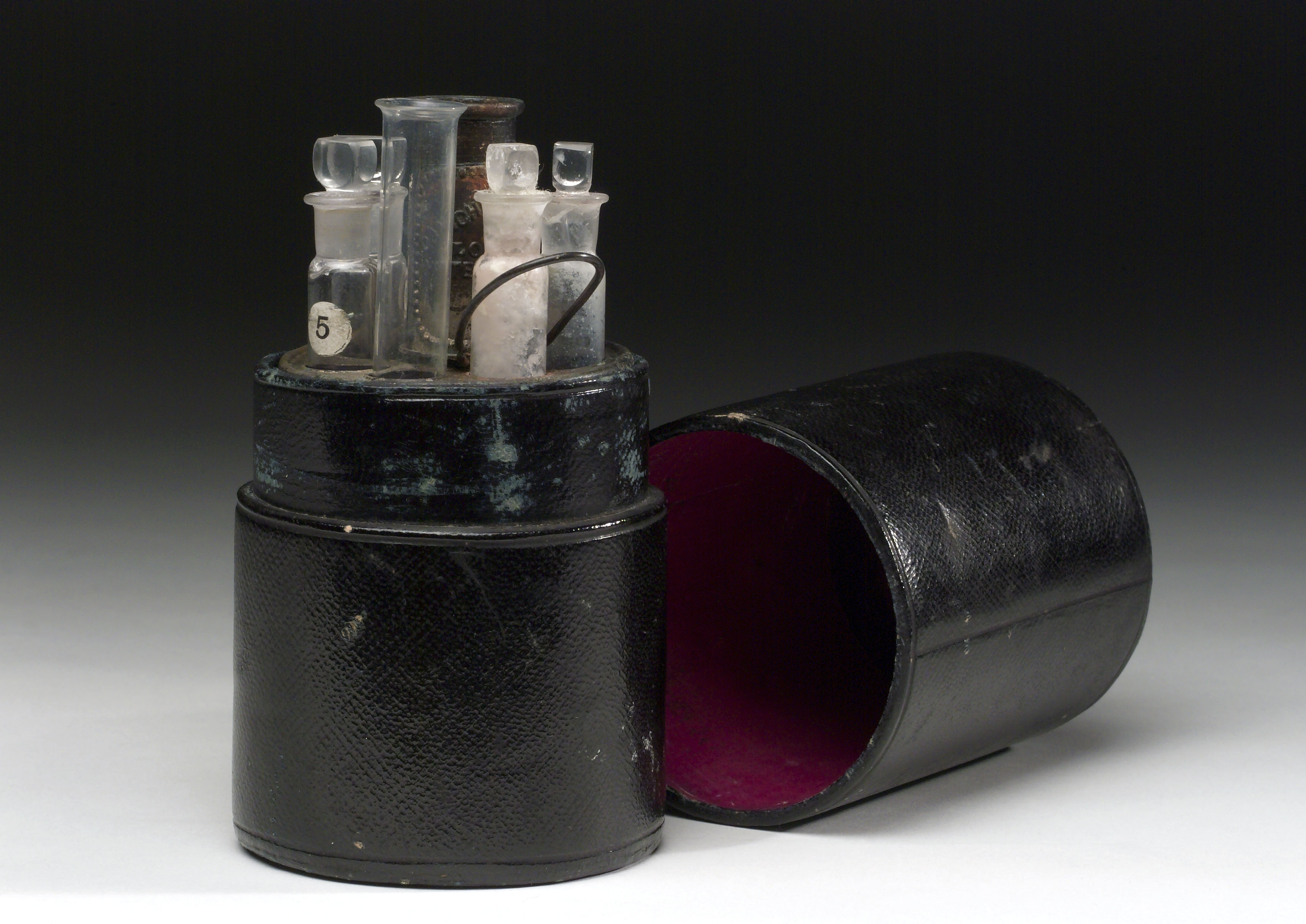The leading UK charity Oxfam is currently running its biggest ever emergency appeal for Africa. The failure of the late 2010 rains has meant that more than 10 million people from the Horn and East Africa are in desperate need of food and clean water. Since the late 19th Century, we have been all too aware of the risks of consuming dirty water, but for these people in the affected areas of Africa, contaminated water is sometimes the only option. Unfortunately, a dreadful consequence of this is that many people are now suffering from water-borne diseases such as Cholera.
Cholera is caused by the ingestion of bacterium Vibrio cholerae present in faecally contaminated water and is characterised by the onset of acute watery-diarrhoea; leading to death by de-hydration. However, Oxfam is working to stop the spread of water-borne diseases by treating the water that is used for drinking, cooking and washing.
However, how do we know what’s in the water before we learn that it’s contaminated? Take a look at this piece of kit below:
This water testing kit could have saved thousands of lives
This is water testing apparatus; used between 1865 and 1900. During this period, many cities including London were in the grasp of deadly water-borne diseases, including cholera. This object tested for the presence of organic matter and chemical pollutants in water; thereby being a useful tool in the prevention of disease.
This kit came less than a decade after John Snow first argued that cholera was a water-borne disease. Before this time, the medical profession preferred the idea of germ theory, championed by Louis Pasteur who argued that diseases were spread by noxious ‘bad air’. Fortunately, we now know differently and this knowledge is going some way to educate people and purify drinking water. In fact, Robert Reed at the University of Northumbria and Isaac Bright Singh at Cochin University in Kerala, India, are collaborating on a research project exploring the possibility of using sunlight to decontaminate water. Could this be a cheap and limitless way of protecting people from water-borne diseases?
If access to clean drinking water is a human right, should everyone be responsible for helping people in developing nations get ahold of it?
Get your students to work out how much water they use on an average day. How could they cut down?
Visit the Water Wars feature in the Antenna gallery to find out about the water footprint of our food.
-Denise Cook
